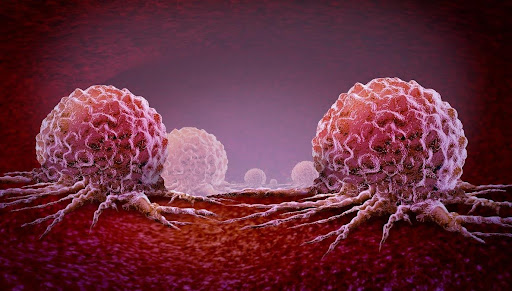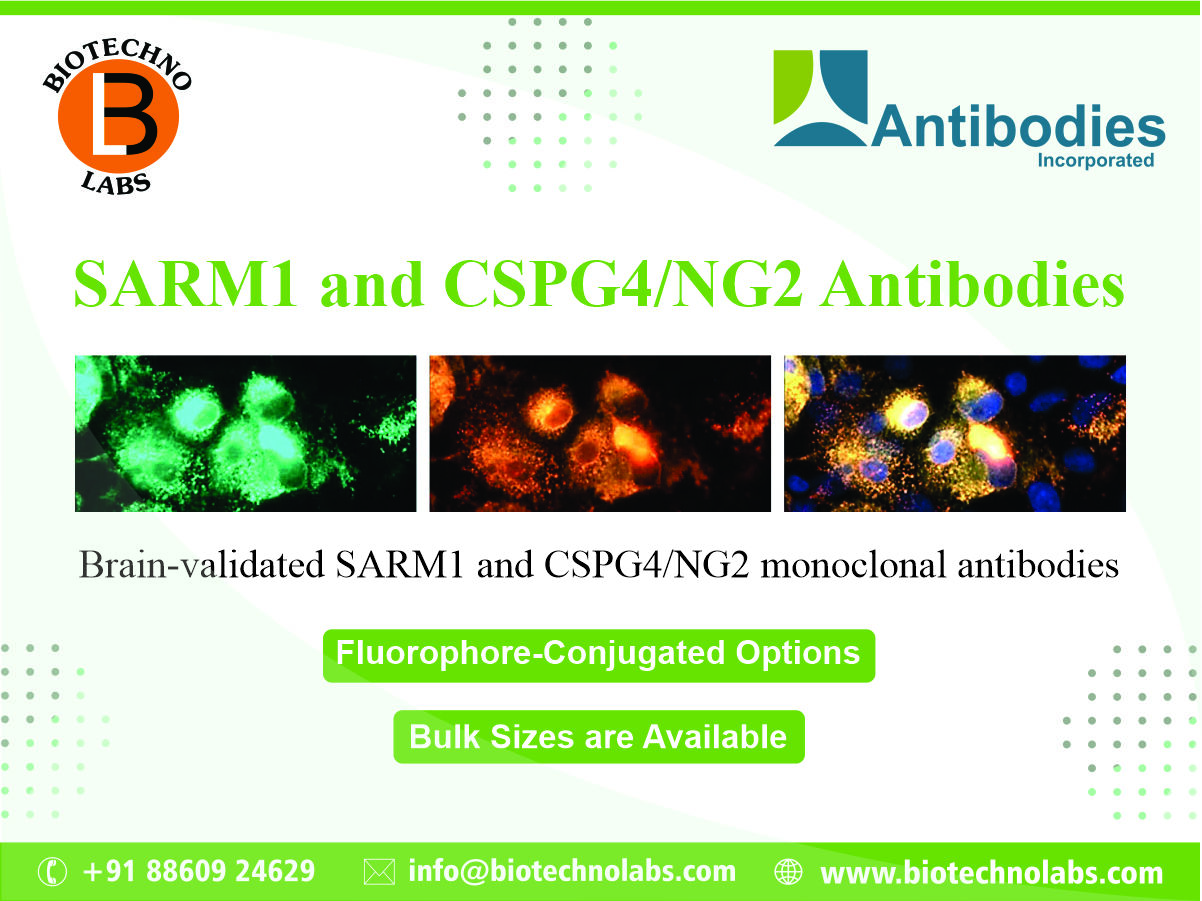
Unraveling the Complexity of Cancer: Insights into Molecular Mechanisms and Targeted Drug Therapies
Cancer is a multifaceted disease characterized by uncontrolled cell growth and division resulting from cellular changes. Some cancers exhibit rapid cell proliferation, while others progress more slowly. Certain types of cancer lead to the formation of tumors, whereas others, like leukemia, do not. Apoptosis, a natural process where cells receive signals to die and be replaced by newer, healthier cells, is crucial for maintaining tissue health. Cancer encompasses a wide range of diseases characterized by the uncontrolled proliferation and division of cells due to cellular changes. While some cancers exhibit rapid cell growth, others progress at a slower pace. Certain types of cancer lead to the formation of visible tumors, whereas others, like leukemia, do not form solid masses. In the body, cells typically have specific functions and lifespans, with cell death being a natural and essential process known as apoptosis. During apoptosis, cells receive signals to self-destruct, allowing the body to replace them with newer, healthier cells. However, cancerous cells lack the regulatory mechanisms that prompt them to stop dividing and undergo apoptosis. Consequently, they accumulate in the body, utilizing oxygen and nutrients meant for normal cells. Cancerous cells can form tumors, compromise the immune system, and disrupt regular bodily functions. They may also spread to other areas through the lymph nodes, which are clusters of immune cells distributed throughout the body.
Molecular Prospective
Genetic alterations leading to the generation of oncogenes and genetic disorders include several mechanisms such as chromosomal translocation (e.g., Bcr and Abl oncogene in chronic blood cancer), point mutation (e.g., Ras gene in colon cancer), deletion (e.g., Erb-B gene in breast cancer), amplification (e.g., N-myc in neuroblastoma), and insertion activation (e.g., C-myc in acute blood cancer). Chronic blood cancer predominantly affects the elderly due to genetic material exchange between chromosomes 9 and 22, resulting in the production of the ph1 biomarker found in 95% of patients, aiding in accurate diagnosis.
The fusion of the Bcr gene with the Abl oncogene generates a novel gene combination that translates into a protein with kinase activity. Mutations in the p53 gene lead to the formation of an abnormal protein that significantly disrupts molecular processes associated with p53. These molecular and biological abnormalities contribute to the development of cancer cells, highlighting the intricate relationship between the p53 gene and cancer. Reports indicate that p53 abnormalities occur in 60% of cancer cases.
Under normal conditions, p53 plays vital roles in cell division, apoptosis, senescence, angiogenesis, differentiation, and DNA metabolism. Most mutations related to the p53 gene occur in the DNA-binding region, regulating gene function crucial for replication. The cooperation of p53 with proteins like CDK1-P2 and CDC2 helps regulate cancer cells' progression through the G1 and G2 phases of the cell cycle.
Indeed, p53 can act as either an inhibitor or a promoter of cancer cells. Upon DNA damage caused by other genes, the p53 protein binds to DNA, triggering the activation of the WAF1 gene. This activation leads to the association of p53 with CDK2, ultimately inhibiting the effect of p21 for the subsequent stage of the cell cycle. The anticancer activity of p53 operates through three pathways: stimulating DNA repair proteins, inducing apoptosis, and halting the cell cycle in the G1/S phase.
Hypomethylation predominantly occurs in repeated sequences, resulting in increased movement, gene deletion, and chromosomal instability. An example is L1 from the LINE family, observed in various cancers like breast, lung, and bladder cancer. Hypomethylation in specific promoters can activate the ectopic expression of oncogenes, as seen in MASPIN in breast and prostate cancer, S100P in pancreatic cancer, SNCG in breast and ovarian cancer, and MAGE and DPP6 in melanoma.
On the other hand, hypermethylation occurs in specific CpG regions, leading to transcriptional inactivation that influences genes involved in repair (e.g., Hmlh1, WRN, and BBRCA1), response to vitamins (e.g., CRBP1, RARB2), cell cycle control (e.g., P16INK4b, P16INK4a), and apoptosis (e.g., TMS1, DAPK1, and WIF-1). These events play a crucial role in cancer development and progression, making hypermethylated promoters potential biomarkers for cancer diagnosis and prognosis. Aberrant methylation, such as hypermethylation in CpG regions, is frequent in cancer (45e65%).
The disturbance in DNA methylation patterns can result from impaired regulation of DNMTs, with DNMT1 and DNMT3b showing high expression in many tumors. Additionally, miRNA regulates DNMT expression, with the MIR-29 family reducing DNMT3a, DNMT3b, and DNMT1 expression. Deacetylation mediated by HDAC is also implicated in various tumors, highlighting the complexity of epigenetic mechanisms in cancer.
The Sirtuin family comprises a significant class of HDAC enzymes, with increased SirT1 expression and activity linked to various cancer types. The interaction between SirT1 and DNMT1 influences DNA methylation. HDAC expression can be regulated by microRNAs; for instance, miR-449a suppresses HDAC-1 expression, impacting cell growth and survival in prostate cancer. Alterations in HDAC expression are observed in multiple cancers like colon cancer, lung cancer, and leukemia, often due to ectopic mutations and deletions in HAT and related genes, which can be a major driver of cancer formation.
Furthermore, cancer cells exhibit loss of histone acetylation marks such as H4K16ac, H3K4me3, H4K20me3, and H3K27me3. Changes in histone methylation distribution are primarily driven by the expression of histone methyltransferases and demethylases. Mutations in histone modifiers like SETD2 and UTX occur in renal carcinoma, affecting histone methylation patterns. In leukemia, the MLL oncoprotein disrupts H3K4 and H3K29 methylation patterns, altering the expression of MLL target genes.
Subunits of the ATPase-related SWI/SNF complex, such as BRG1 and BRM, act as tumor suppressors, playing a crucial role in lung cancer. BRG1 destabilizes p53 and the SWI/SNF complex, influencing gene expression locally. Disruption of the SWI/SNF complex hampers cell growth and contributes to cancer development by interacting with key regulators like RB, p53, MYC, MLL, and BRCA1.
Changes in nucleosome positioning lead to transcriptional suppression via promoter hypermethylation. Promoter hypermethylation results in nucleosome occupation at transcription start sites (TSS), affecting genes like MLH1 in colon cancer. Genes encoding subunits of chromatin-modifying complexes, such as CHD5, are major targets of CpG hypermethylation in cancer, causing structural disturbances in chromatin.
Histone variants are also implicated in cancer, with increased expression of MacroH2A observed during senescence, leading to improved prognosis in lung tumors by reducing cell proliferation.
Targeted Drug Therapy
Targeted cancer therapies, also known as "molecularly targeted drugs," "molecularly targeted therapies," and "precision medicines," specifically aim to interfere with growth molecules, thereby blocking the growth and spread of cancer. Tumor initiation and progression are governed by the tumor microenvironment (TM) of an abnormal tumor, consisting of endothelial cells, pericytes, smooth muscle cells, fibroblasts, various inflammatory cells, dendritic cells, and cancer stem cells (CSCs). These TM-forming cells dynamically interact with cancerous cells, facilitating high cellular proliferation and making TM conditions an area of research interest for effective cancer therapy targeting.
Conventional chemotherapy struggles with selectively targeting cancer cells due to their similarity to normal cells. Targeted therapy agents intervene through cellular mechanisms such as cell cycle arrest, apoptosis induction, proliferation prevention, and metabolic reprogramming, differentiating them from standard chemotherapy drugs. They work by attacking cancer cells while causing less harm to normal cells, a crucial distinction that sets them apart from traditional treatments aimed at normal, healthy cells:
Monoclonal Antibodies: Antibody drugs, man-made versions of immune system proteins, are administered intravenously to target specific markers on cancer cells. They are predominantly composed of human components rather than murine ones. These drugs function by recruiting the host immune system to attack the targeted cell, binding to ligands or receptors to disrupt essential cancer cell processes, and delivering a lethal payload like a radioisotope or toxin directly to the target cell. For instance, Gemtuzumab is a monoclonal antibody that targets CD-33 and is currently utilized in treating AML by conjugating with calicheamicin. Another example is ibritumomab tiuxetan, an anti-CD20 antibody that incorporates a 90Y metal isotope for clinical therapy. Monoclonal antibodies can also be utilized for delivering active therapeutics, activating prodrugs, enzymes, and delivering chemotherapy toxins effectively.Antineoplastic Agents: These are a broad class of drugs that inhibit or prevent the growth and spread of cancer cells. They include Alkylating Agents, which interfere with DNA replication, and Antimetabolites, which disrupt essential cellular processes by mimicking natural substances required for cell growth.Antitumor Antibiotics: These compounds, derived from natural sources like bacteria and fungi, target cancer cells by inhibiting DNA synthesis or inducing cell death.
Alkaloids: Alkaloids are plant-derived compounds with diverse pharmacological properties. Some alkaloids, such as Vinca alkaloids and Taxanes, disrupt cell division by affecting microtubule function, making them valuable in cancer treatment.
Antihormones: Hormones play a crucial role in certain cancers, such as breast and prostate cancer. Antihormonal therapies target hormone receptors to inhibit cancer cell growth fueled by hormonal signals.
Angiogenesis Modulators: Tumors require a blood supply for growth, and angiogenesis modulators inhibit the formation of new blood vessels within tumors, thereby starving them of nutrients and oxygen.
Small Molecule Inhibitors: These drugs target specific molecules or pathways involved in cancer cell growth and survival, offering targeted therapy with reduced side effects compared to traditional chemotherapy.
Ubiquitin Inhibitors: Ubiquitin is involved in protein degradation, and inhibitors of this process can disrupt cellular pathways crucial for cancer cell survival.
H+-V-ATPase Inhibitors: These agents target proton pumps in cancer cells, affecting their pH balance and leading to cell death.
PI3K Inhibitors and mTOR Modulators: The PI3K/AKT/mTOR pathway is frequently dysregulated in cancer, making these inhibitors valuable for blocking aberrant signaling and promoting cell death in cancer cells.
Apoptosis Antibodies & Detection Kits: These tools help researchers study programmed cell death; a process often disrupted in cancer cells.
Cell Signaling Antibodies: Antibodies targeting specific signaling molecules allow researchers to investigate cellular pathways involved in cancer development and progression.
Transcriptional & Translation factors: Understanding how genes are regulated in cancer cells is critical, and tools targeting transcriptional and translational factors aid in this research.
Cell Proliferation & Viability Reagents and Antibodies: These tools assess cell growth and viability, essential for studying cancer cell behavior and response to treatment.
Oncogenes & Oncoproteins: These genes and proteins promote cancer development by stimulating cell growth and survival pathways.
Tumor Suppressors: In contrast, tumor suppressor genes help prevent uncontrolled cell growth and mutations but are often inactivated in cancer.
Kinases: Kinases are enzymes that regulate cellular processes, and their dysregulation can contribute to cancer. Targeting kinases with specific inhibitors has shown promise in cancer therapy.
Cancer is a multifaceted disease that requires a multidimensional approach to treatment and research. From understanding its molecular mechanisms to developing targeted therapies and diagnostic tools, the fight against cancer continues to advance, offering hope for improved outcomes and better quality of life for patients worldwide.
With a variety of cancers impacting communities on a global level, there is a need for a wide range of innovative and high-quality reagents to accelerate cancer research. BTL Biotechno Labs Pvt. Ltd. is a one stop destination for all your reagent needs, offering complete solutions for cancer research applications. From biochemical and cell culture reagents to sample preparation solutions and cell biology and immunology research tools, we are your partner in cancer research. We provide scientists the tools and resources to remain on the forefront of game-changing discoveries in cancer research.
For product details, please connect with us at info@biotechnolabs.com.








